Reduction in force letter template
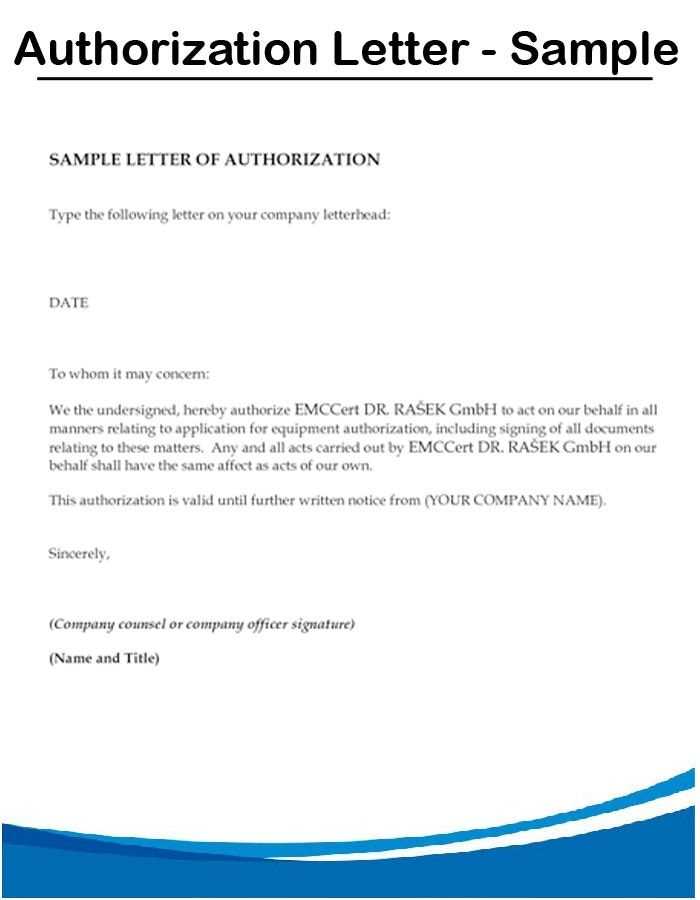
When preparing a letter for a reduction in force (RIF), clarity and empathy are key. Begin by directly stating the purpose of the letter–informing the employee of the layoff and the reason behind it. Be transparent, but avoid unnecessary detail that may cause confusion or distress. Acknowledge the employee’s contributions to the company, expressing genuine appreciation for their work.
Clearly outline the next steps for the employee. Provide information about severance, benefits, and any support available, such as job placement services. Offer a point of contact within the company for further questions, showing that you’re available to help during this transition. Make sure the tone remains respectful and supportive throughout the communication.
End the letter by offering well wishes for the future. Reassure the employee that the decision was not a reflection of their performance, but rather a business necessity. Acknowledging the difficulty of the situation while maintaining professionalism will leave a more positive impression during a challenging time.
Here are the revised lines with minimal repetition:
Focus on streamlining the language to convey the message clearly without redundancy. Use concise statements to avoid repetition in the communication. For instance, instead of repeating the word “position” multiple times, use alternatives such as “role” or “job title” when relevant.
Examples of Revised Lines:
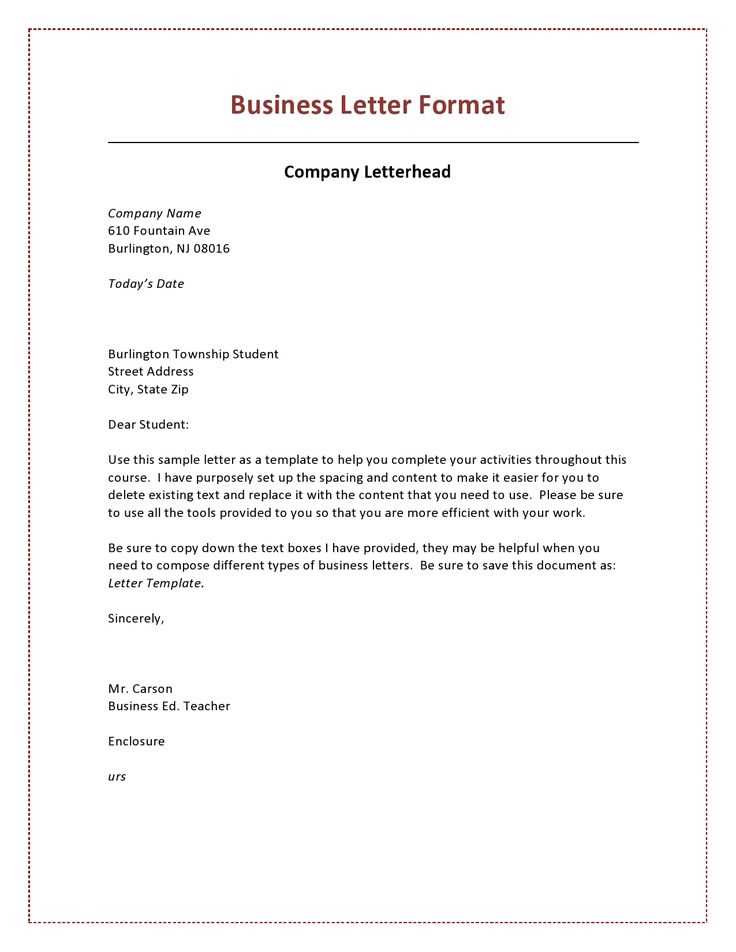
- Original: “Your position as a team member is being affected by the company’s decision regarding the reduction in force. Your position will be eliminated.”
- Revised: “Your role is impacted by the company’s decision regarding the reduction in force and will be eliminated.”
Avoid using the same word or phrase in adjacent sentences. Instead, rephrase or use synonyms where necessary.
Additional Suggestions:
- Replace “the impact on your position” with “how this affects your role” for better flow.
- Minimize redundancy by combining similar ideas into one clear statement, like: “We understand this situation is difficult, and we are offering support” instead of repeating phrases about support.
By refining the language and reducing repetitive elements, the letter will feel more professional and direct.
- Reduction in Force Letter Template
A reduction in force (RIF) letter is a formal notice to an employee that their position is being eliminated due to organizational changes. Crafting this letter requires clarity, professionalism, and empathy. Below is a practical template for writing an RIF letter that balances all necessary components.
Key Components
The letter should begin with a clear subject line or introduction that sets the context, such as “Notification of Reduction in Force.” In the body of the letter, it is crucial to explain the decision in specific terms, such as economic conditions or restructuring, while avoiding blame or confusion.
Next, the employee should be informed of their last working day, any severance package offered, and options for continuing benefits, such as health insurance. It’s important to keep the tone respectful and acknowledge the employee’s contributions to the company.
Example Template
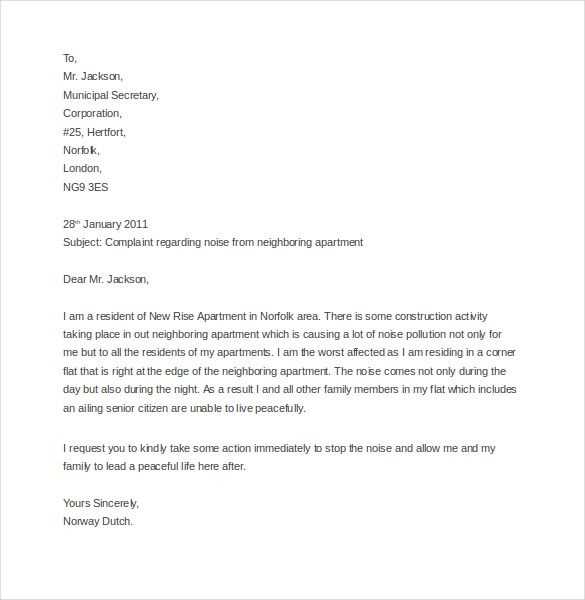
Dear [Employee Name],
We regret to inform you that due to [reason for RIF, e.g., restructuring, financial constraints], your position of [Job Title] will be eliminated effective [Last Working Day]. This decision was not made lightly, and we recognize and appreciate your dedication and hard work during your time with the company.
We are offering a severance package that includes [details of severance, e.g., severance pay, continuation of benefits, outplacement services] to help ease the transition. Our HR department is available to answer any questions regarding this process and to assist with any necessary paperwork.
We genuinely value your contributions and wish you the best in your future endeavors. If you need further assistance during this transition, please don’t hesitate to reach out.
Sincerely,
[Your Name]
[Your Title]
[Company Name]
1. Begin with a Clear and Direct Opening
The first sentence should clearly state the purpose of the letter. Start with a brief statement that informs the employee about the reduction in force (RIF). Avoid vague language and get straight to the point.
2. Provide a Brief Explanation of the Decision
After the introduction, give a concise explanation for the decision. Be factual and transparent, providing reasons without unnecessary details. Keep it professional and avoid placing blame.
3. Outline the Timeline and Specific Details
Clearly state the date the RIF will take effect. Include any details about severance packages, benefits, or support that will be offered. This section should give the employee a clear picture of what to expect.
4. Express Empathy and Acknowledge the Impact
While maintaining professionalism, express understanding of the situation’s difficulty. Acknowledge the employee’s contributions and show genuine concern for their future, without making the letter overly emotional.
5. Offer Support and Resources
Provide information about available resources such as career counseling, job placement assistance, or other programs that may help the employee transition. This shows a level of care for their future after the RIF.
6. Provide Contact Information for Follow-Up
Include a contact point for the employee to ask any further questions or to seek clarification on any details. Make sure the contact person is knowledgeable and accessible to handle concerns promptly.
7. Close with a Professional Tone
Conclude the letter by reiterating your appreciation for the employee’s time and effort. Offer well wishes for their future endeavors, but keep the tone professional and concise.
Ensure the letter includes clear, specific reasons for the reduction in force (RIF) to prevent any ambiguity or potential legal challenges. Avoid general statements; instead, cite factual reasons such as restructuring, financial constraints, or changes in business direction.
Verify compliance with the Worker Adjustment and Retraining Notification (WARN) Act if applicable. If the RIF affects a significant number of employees or takes place within a short timeframe, ensure the required notice period is met to avoid legal penalties.
Document the selection criteria for affected employees. Fair and transparent methods for choosing employees to be laid off, such as seniority, performance, or business needs, help mitigate claims of discrimination or unfair treatment.
Be mindful of employment contracts and collective bargaining agreements. Check for any clauses that may outline termination procedures or rights, including severance pay, notice periods, or union-related protections.
Consult local and state labor laws, as they can impose additional requirements, such as specific severance payments or health benefit extensions. Non-compliance can lead to lawsuits or fines.
Consider providing employees with adequate support resources, such as information about unemployment benefits or outplacement services. This can help mitigate potential legal disputes and foster goodwill during the process.
Begin by acknowledging the emotional impact the reduction in force (RIF) may have on employees. Be clear that you understand the news is difficult for many and express empathy right from the start.
1. Be Transparent and Honest
Provide straightforward information about the reasons behind the RIF. Avoid jargon or vague terms that might cause confusion or lead to speculation. Employees will feel more secure if they understand the rationale and the steps leading up to the decision.
2. Offer Support and Resources
Clearly outline the resources available to those affected, such as career counseling, severance packages, and job placement services. Let employees know that their well-being is a priority and that support will be provided during their transition.
3. Acknowledge Their Feelings
Recognize that emotions such as anger, sadness, or confusion are natural responses to such a situation. Create space for employees to express their feelings by offering opportunities for private discussions and group support.
4. Provide Clear Next Steps
Offer a concrete action plan that includes timelines for transition, job searches, or any severance-related processes. Reassure employees that they will not be left in the dark during the next steps of the process.
5. Encourage Open Dialogue
Make it clear that communication remains open. Invite employees to reach out with any questions or concerns and assure them that their voices will be heard during the transition period.
Clearly outline the reasons for the reduction in force (RIF). State whether it’s due to financial constraints, restructuring, or other business-related factors. Transparency here helps employees understand the context and mitigates confusion.
Include the specific position(s) affected. List the job titles or departments that are impacted by the decision. This helps employees know which roles are being eliminated and ensures no ambiguity.
Provide a timeline. Specify the date of termination or when the changes will take effect. This gives employees a clear understanding of their last working day or the timing of any transitional steps.
Detail severance packages and benefits. Describe any severance pay, continuation of health benefits, or other support being offered. Employees need to know what financial and logistical support they will receive during the transition period.
Offer assistance with finding new employment, such as outplacement services or job search support. This can help soften the impact and show that the company values the contributions employees have made.
Explain how decisions were made. If possible, outline the criteria used for selecting employees for the reduction. This ensures fairness and transparency in the process.
Clearly state how the RIF aligns with company goals or future strategies. Employees should understand that the decision, though difficult, is part of a larger plan for the company’s long-term success.
Ensure contact information is available for any questions or concerns. Provide details on who employees can reach out to for clarification or emotional support.
Clearly communicate the decision without ambiguity. Begin by addressing the employee by name, expressing appreciation for their contributions, and providing clear details about the reduction in force (RIF), including reasons and the specific role being impacted. Avoid using vague language, as clarity helps the recipient process the information more easily.
Be Compassionate and Supportive
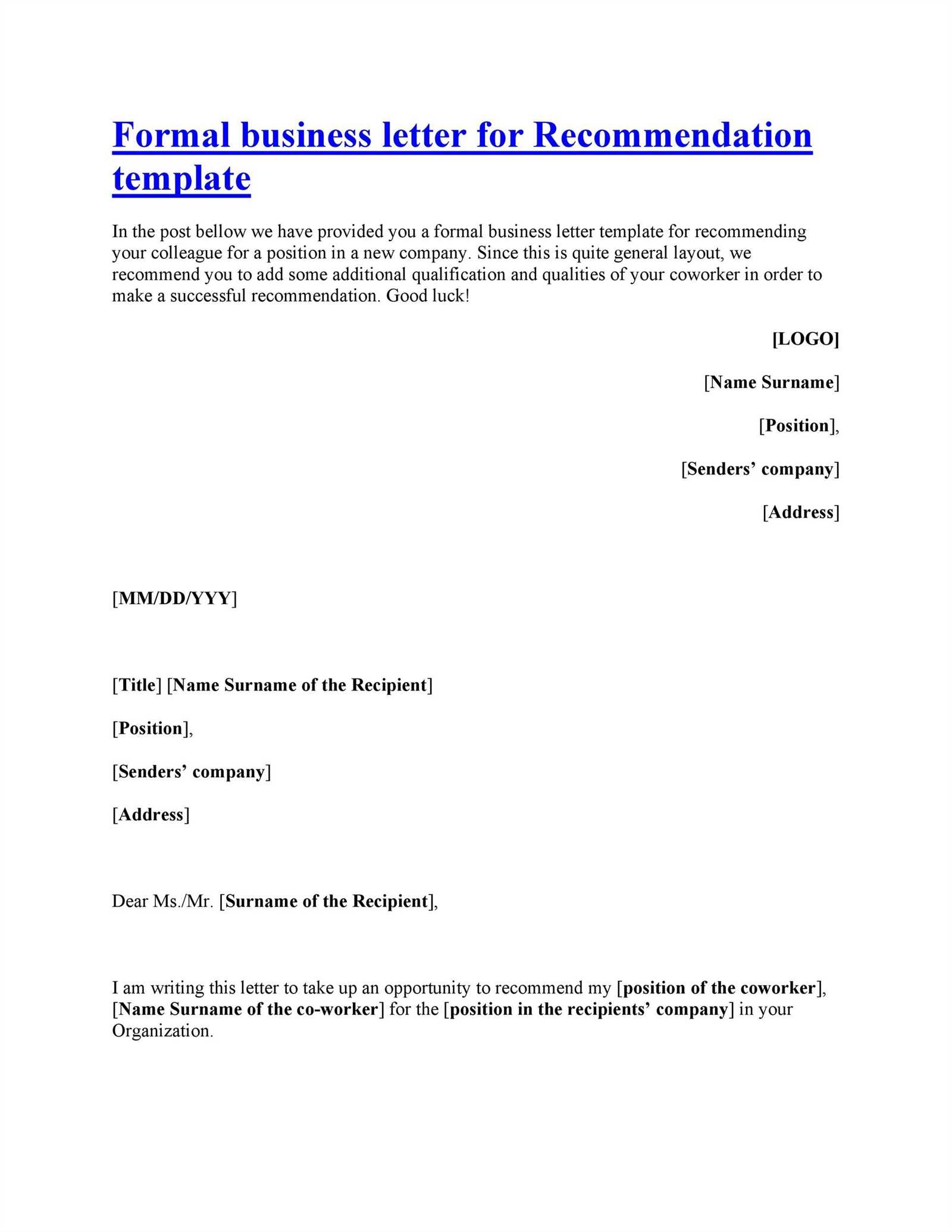
Deliver the news with empathy. Acknowledge the emotional impact of the message. Allow space for the employee to process the news and offer support options, such as outplacement services or guidance on next steps. Provide information on severance packages and any benefits that will be extended, and be ready to answer their questions calmly.
Offer a Private Setting
Conduct the conversation in a private setting, ensuring confidentiality. This ensures the employee feels respected and can absorb the news without additional stress. Ideally, offer the meeting in person or via a secure video call if in-person isn’t feasible.
Offer clear guidance on available support programs such as severance packages, job placement assistance, or counseling. Include detailed information on how employees can access these resources. Highlight internal or external services like career coaching, resume building, and interview preparation workshops.
Provide Information on Health and Benefits
Ensure that employees understand their options regarding health insurance continuation, pension plans, and other benefits. Explain the steps they need to take to extend or transfer their coverage, and provide a point of contact for any benefits-related questions.
Outline Transition Assistance Programs
Detail any programs that can help employees during the transition, such as networking events, job fairs, or virtual workshops. List useful websites or organizations that specialize in career transitions and skill development, and offer a timeline of these events so employees can plan accordingly.
Key Elements to Include in a Reduction in Force Letter
Focus on clarity and transparency when drafting a reduction in force (RIF) letter. Structure the content logically to guide the recipient through the process. Here are the necessary sections:
1. Clear Reasoning Behind the Decision
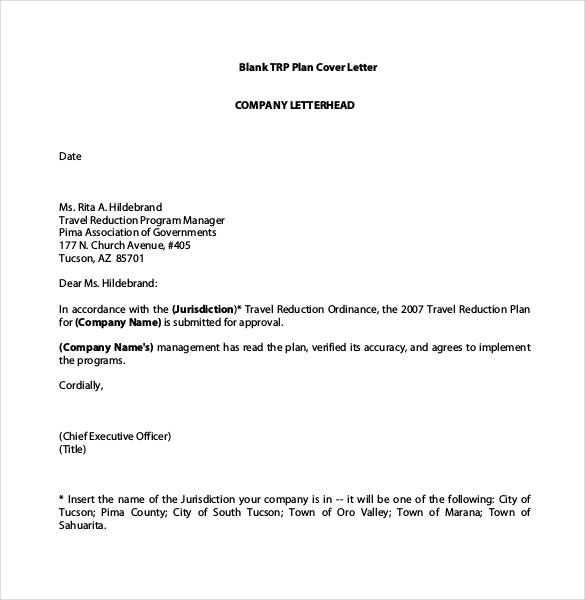
Explain why the reduction in force is necessary. Avoid vague language. Be direct and honest about the reasons, whether due to budget constraints, restructuring, or other specific factors. This builds trust and sets a clear tone for the letter.
2. Offer Support and Resources
Provide detailed information on available resources, such as severance packages, outplacement services, or unemployment benefits. Including this will help ease the transition for affected employees and show that you are offering support during this difficult time.
3. Specific Details on the Process
Outline the specific timeline, steps, and expectations regarding the reduction in force. Include dates for final employment, last day of benefits, and any additional meetings or actions needed. Clear details help the employee feel informed and prepared.
| Section | Details |
|---|---|
| Notification Date | Provide the exact date the employee will be notified of the decision. |
| Final Employment Date | State the last working day. |
| Severance and Benefits | Detail what severance packages or benefits the employee will receive. |
| Outplacement Support | Inform about any assistance offered for finding new employment. |
Be sure to express appreciation for the employee’s contributions to the company. Ending the letter with a positive and respectful tone is vital for maintaining a professional relationship post-departure.